Privacy settings
In order to be able to optimally design and improve the website, we use cookies. We divide these into technically necessary cookies and statistics cookies. More detailed information is available in our privacy policy.
21.05.2021 Fabian Roschig


Ideation refers to the generation of new ideas and concepts designed to solve specific problems. These problems might relate to your customers, consumers, or clients (leading to new products or services your organization can offer), or they could be internal challenges your organization is facing (resulting in improvements in structures or processes).
As the Nielsen Norman Group puts it, ideation is “the process of generating a broad set of ideas on a given topic, without any attempt to judge or evaluate them.” The key is to open up creative pathways that aren’t constrained by immediate practicalities — this is where innovation truly begins.
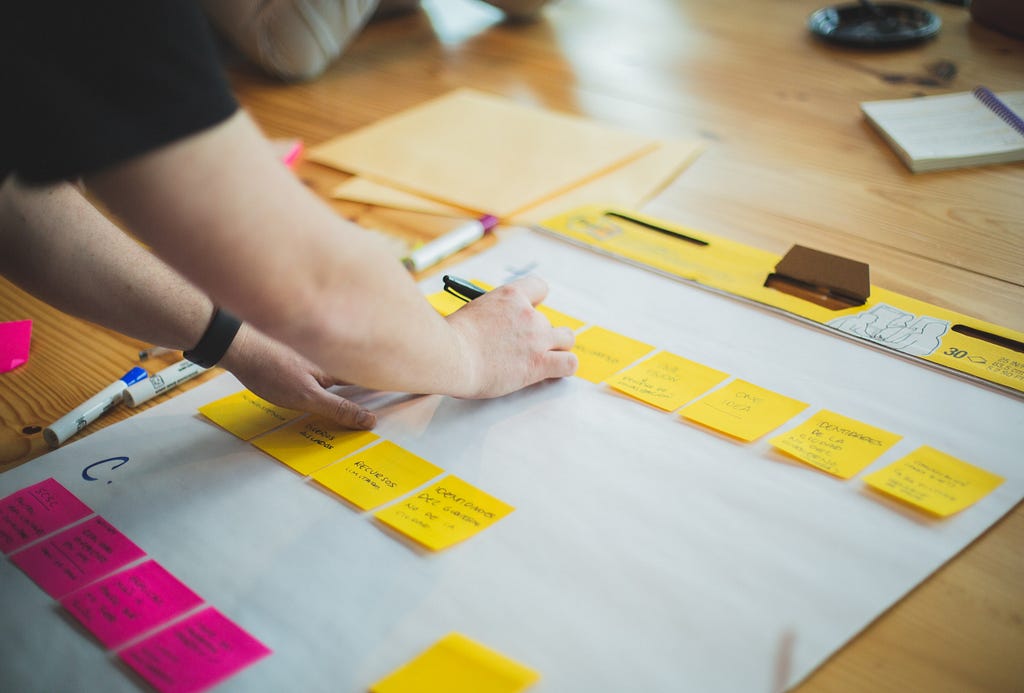
An ideation workshop is a structured, fast-paced innovation cycle where cross-functional teams work together to explore solutions for clearly defined problems. These workshops use a variety of ideation techniques, both individually and in group settings, to generate a wide range of solutions. The goal is to foster a judgment-free, creative environment that encourages new and unconventional ideas to emerge.
Running an ideation workshop has several key benefits:
Stay ahead in innovation! Sign up now for exclusive insights on breakthrough capabilities and proven strategies to de-risk your innovation process.
👉🏼📩 Join today and get all future posts delivered right to your inbox!
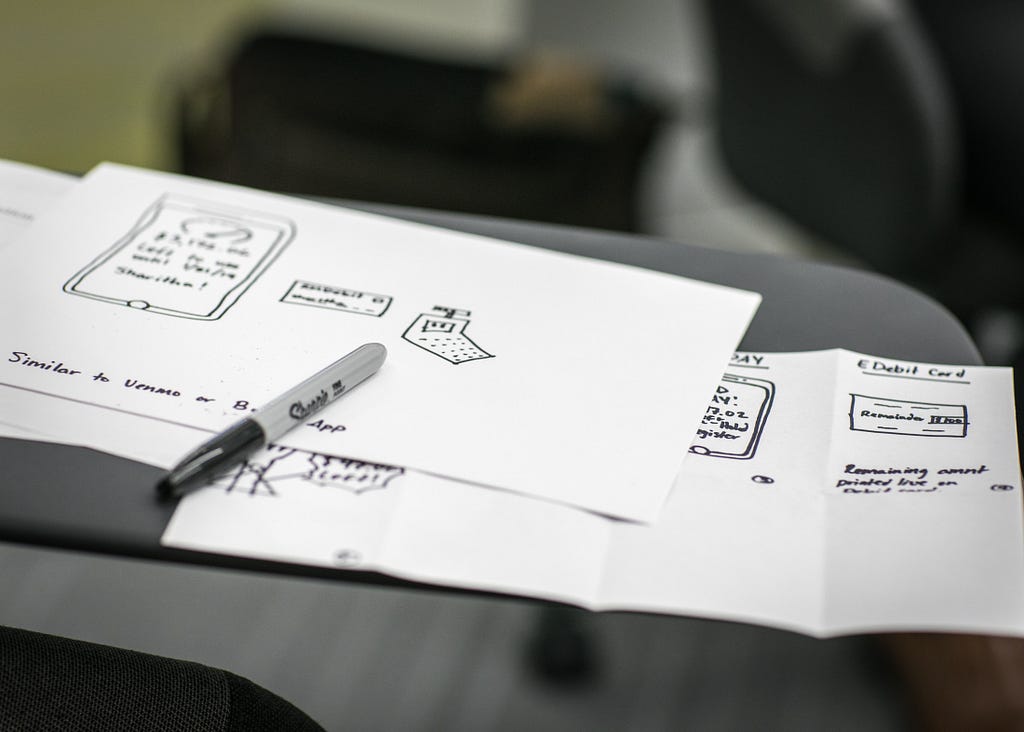
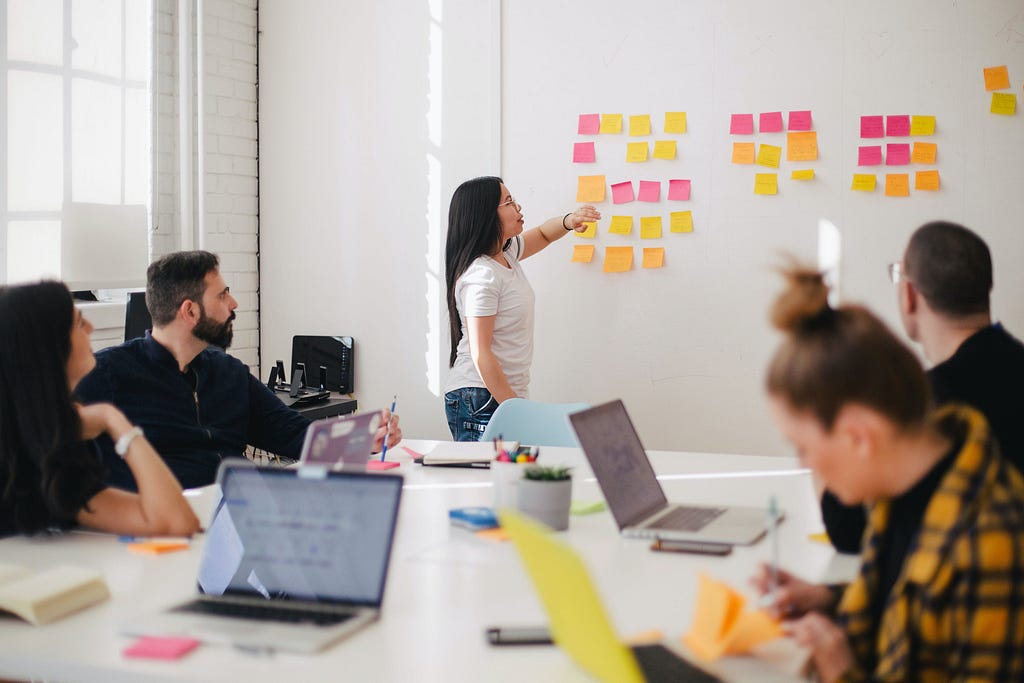
An ideation workshop is ideal when you’ve already defined a specific opportunity or problem (ideally using a “How Might We” statement) and are ready to brainstorm potential solutions. It’s especially useful during the development of new products, services, or experiences, or when tackling complex problems from fresh angles.
Innovation doesn’t start with ideation. Before jumping into an ideation session, it’s essential to have already conducted research, held user interviews, and identified a clear problem worth solving. As the Double Diamond framework of design highlights, ideation is most effective once you’ve fully explored and defined the problem.
Skipping this preliminary work may result in solutions that don’t resonate with your users or address their core pain points.
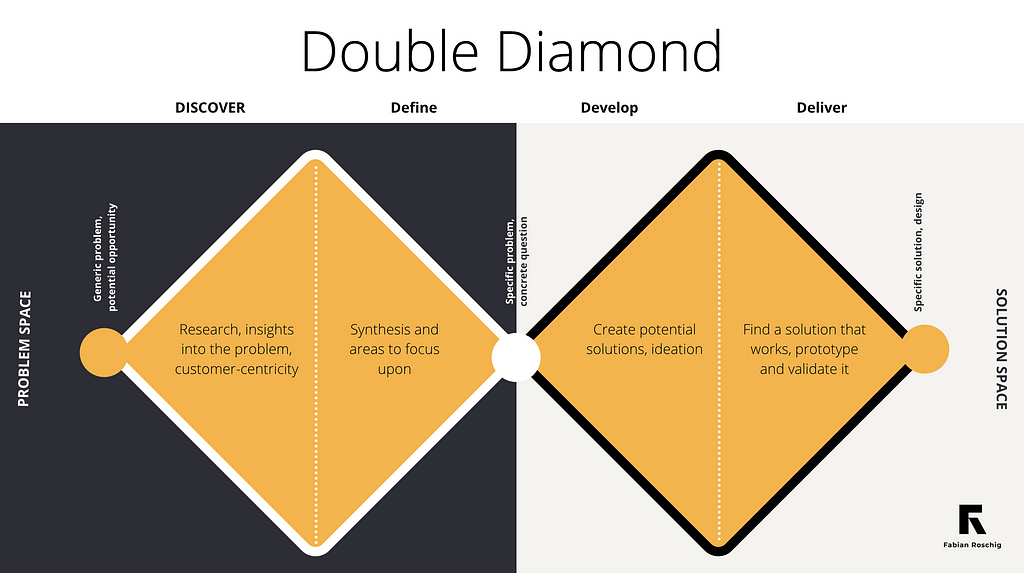
Ideation workshops typically follow two phases:
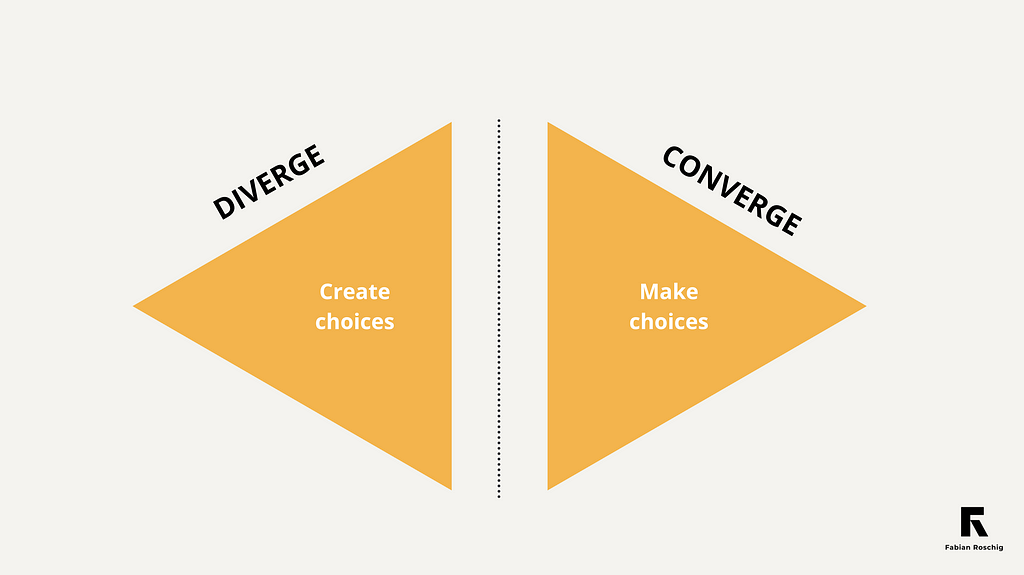
Once the ideation phase is complete, the next step is to move into prototyping and user testing. This phase ensures that the concepts generated during ideation are validated and refined. Remember, innovation isn’t always linear — prototyping may reveal the need for another round of ideation to fine-tune ideas.
This post is part of our ideation series. If you’re looking to dive deeper into what ideation is, its key benefits, when to use it, and how to set up your sessions for success, be sure to check out the three previous posts where we covered the essentials of ideation, preparation steps, and planning strategies 👇🏼
If this article sparked some thoughts and you’re:
I can help you navigate this journey. Let’s work together to shape the future of your business. Get in touch with me here.
Curious to hear your challenges and ideas.
Book your free 30-minute call here
Stay ahead in innovation! Sign up now for exclusive insights on breakthrough capabilities and proven strategies to de-risk your innovation process.
👉🏼📩 Join today and get all future posts delivered right to your inbox!

Hi, my name is Fabian Roschig.
With a background that blends entrepreneurial experience and corporate innovation, I’ve had the opportunity to found and lead two startups, manage a corporate incubator, and support innovation initiatives across both SMEs and Fortune 500 companies.
I’m not a traditional consultant — I’m an entrepreneur and operator, 100% focused on execution. I bring a startup mindset to every project, ensuring that we’re not just talking about ideas but actually making them happen, often stepping in as interim project leader to guide teams directly.
My goal is to build lasting capabilities within your team, not dependencies. While I’m committed to being a long-term partner, I also aim to empower your teams to innovate independently.
I’m now focused on combining my business experience with advanced AI strategies to help businesses innovate more efficiently and stay ahead of the curve. Together, we’ll turn your ideas into practical, market-ready solutions that drive real business impact.
I’m excited to learn about your challenges and explore how I can support you — whether through workshops, consulting, interim leadership, or serving as a sounding board for your growth initiatives. I’d love to connect and get to know you better!
—
Originally published at http://fabianroschig.com
From Ideas to Impact: What Is Ideation? Unlock the Power of Creative Thinking. was originally published in Fabian Roschig — Innovation Advisory on Medium, where people are continuing the conversation by highlighting and responding to this story.